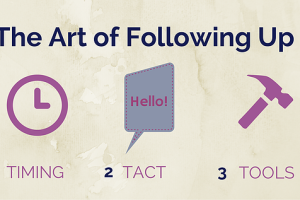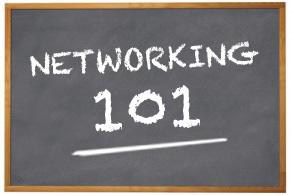Some time ago, I read about the anti-pitch approach of Jeff Bezos, Amazon’s founder and CEO. It caught my attention and I decided to deploy such tactics in my own sales conversations. The results that followed were amazing, ergo this post.
To preface… During the 1990’s, the world of tech was seen as the new age of optimism for how companies can generate profits, synchronize business ethos across multiple business lines, and promote a culture that centered around enjoyment and personal satisfaction. If one can recall, companies were promising the moon to best and brightest engineers of the world, but not Bezos. Rather than say how amazing life at Amazon was, he would rush to mention the dark side, often saying, “You can work long, hard or smart, but at Amazon you can’t choose two out of three”. He didn’t embellish, he just put it like it is (the Bezos way).
The result? Engineers knew what they were getting into and consequently there was no disillusionment about work conditions. Almost instantly, the words “overpromise and under deliver” were removed from all things Amazon.
So how and why does ‘anti-pitching’ work for sales?
In short – because it goes against the predictable sequence of the sales conversation: shove as many words into the conversation until the person hangs up or say yes, i.e. the traditional approach.
Anti-pitching techniques are all about putting things as they are. It is about objectively presenting what it is that your product can and cannot do. Moreover, it is about asking, but genuinely asking, the prospect if they need what you offer. If they do, great, if they do not, thank them for their time and move on. But the rule no.1 of the anti-pitching techniques is: no pushing.
Treat the whole conversation as an exploratory dialog. You two are exploring if you are a match.
So, you would start your anti-pitch by saying something along the lines of: “I have a solution that could help your company generate more leads. But I’m not 100% sure if this is it. May I explain?” If the decision maker says yes, this is a clear sign that you have his attention and a guarantee that they will not cut you off.
Sales conversation as an exploration
While you are presenting your value proposition, you should be checking in with the prospect to determine if what you are saying is of interest to them. In a way, you are asking for permission to continue the conversation. Anti-pitching is about having an intelligent and considerate conversation that discuss value.
I found that with this approach, building trust with a prospect increases significantly as you will come across as a considerate personal; respectful of time and all opinions. It is also a lot better than trying to cheat your way past the gatekeeper, which does not promise much success. Once they figure you out, you are done.
Starting the anti-pitch might sound something like this:
“Hi, this is XX from XX. We found a way to help you never lose a lead again. With our solution, you will close more sales. May I explain?”
Once the decision maker on the other side gives you a yes, you continue, “Our new CRM records last contact with the lead. In this way you will never again send a wrong email to the wrong person. Is this something that interests you?”
Again, all the time you are asking for confirmation as a sign that the person really wants to be in that conversation. You are leaving the person a choice of ending the conversation instead of waiting for them to cut you off.
What else is anti-pitching about?
Honesty
It has been shown that a sales rep who is not afraid to admit their product’s weaknesses leaves a favorable impression on the prospects. For prospects, this is a guarantee that the sales rep is an honest human being, someone who actually cares for their needs and not just their money.
An argument for why this works is contained in a psychological study conducted by Stanford Business School: revealing negative remarks makes the positive information stand out even more. This is called the ‘blemishing effect’ — when negative information highlights all the positives. The catch is to time the negative info; present it only after you have presented all the positives aspects first, so that it does not stick out too much. This reminds us of the Sandwich technique used when giving feedback to employees (positive info first, followed by negative and ending with positive again).
However, the honesty rule will not apply in all decision-making situations. What matters is how negative is the negative. The negative aspect should not detract from the main benefits the prospect is looking to get. Also, it should not be the focal part of your value proposition… just a side feature.
Transparency
Another benefit of the anti-pitching technique is that it shows you are transparent about your business. Prospects respect that you are not undermining their intelligence by providing simplistic explanations. By presenting the whole situation, in its entire complexity, you stand out from the crowd of pushy sales reps.
There you have it: a great, effective technique to counter the monotony of the standard sales pitch, and build up your reputation of an honest and transparent sales professional.
Happy selling!
** a similar post of mine can be read here: the counter-intuitive wisdom of pitching your expertise **









Speak Your Mind